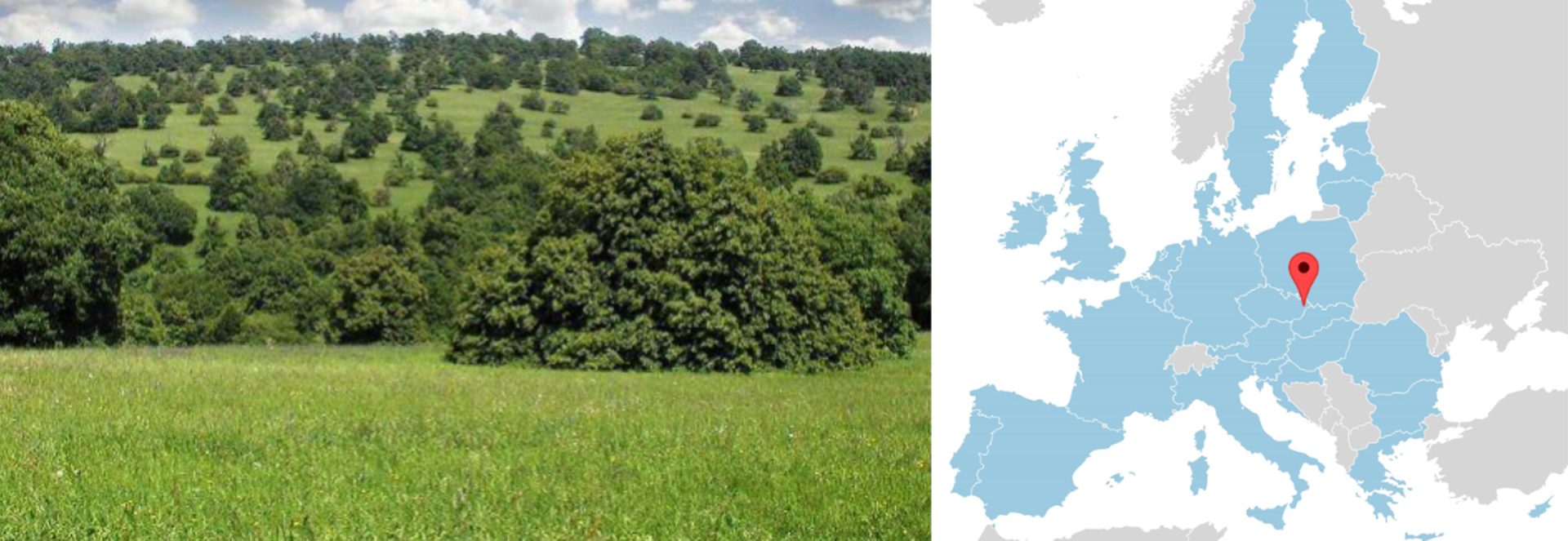

Pesticides are widely Pesticides are widely used in Europe: yearly, about 400 000 tonnes of plant protection products are sold 1. Although the products are very easy in use and help farmers to grow safe and affordable food, they have several disadvantages. The impact of pesticides on human health, the quality of water and soil and the biodiversity are of growing concern 2. In addition, excessive use of pesticides accelerates occurrence of resistant weeds, pests and diseases.
Therefore, several schemes focus on reducing the use of pesticides. Four categories were defined: mechanical protection of crops, cultural protection, biological protection and finally the cases where no specific strategy was mentioned.

Mechanical protection of crops is the protection of crops against weeds, pests and diseases in a physical way. Examples are the pulling, mowing and mulching of weeds. 3

For centuries, cultural practices were the main techniques to reduce incidence of weeds, pests and diseases. Nowadays, cultural crop protection is still of major importance for farmers. Cultural control could be defined as the use of practices that have an effect on crop protection. Examples are appropriate fertilization, under-sowing and planting density 4.

Biological protection of crops covers the use of a species to reduce the amount of disease or pests. Natural enemies are used to predate, parasitize or compete with the damaging pests or diseases to reduce the pressure on the crop. This technique is used a lot in greenhouses and horticulture 5.

In a lot of measures, no strategy is specified. Chemical crop protection should not be used, but the strategy to reduce the pressure of weeds, pests and diseases on crops can be chosen by the farmer. The farmer is able to choose whether and which action is needed to maintain yield.
⬤ Agri-environmental schemes ⬤ Greening ⬤ Less favoured area payment
| Category | Expected from farmer | Environmental benefits | Price | Examples of regions | Barriers | Opportunities |
|---|---|---|---|---|---|---|
| Mechanical protection ⬤ | Use only mechanical weed control |
| 260 EUR/ha (Flanders) |
|
|
|
| Cultural protection ⬤ | Use cultural control against crops (under sowing, intermediate cropping, confusion techniques…) |
| 210 EUR/ha (Flanders) |
|
|
|
| Biological control ⬤ | Use biological protection where possible. |
|
|
|
|
|
| No strategy specified ⬤ | Use less/no pesticides and imply integrated pest management |
| 562 EUR/ha (Wales) |
|
|
|

In the White Carpathians, in Southeast Czech Republic, a scheme is set up to preserve grassland where this has been done for biodiversity for ages. The historical reason for this management is beef grazing. Yet, the beef industry has been declining for several years because of low prices. Therefore, agri-environmental payments and national policy measures become more important for the sustaining of the grassland.
This increased importance of payments for the general appreciation of biodiversity instead of products the land generates, has a double effect. On the one hand, farmers mention they are very dependent on the subsidies and therefore feel like “slaves to nature conservation”, while on the other hand, they recognize that the general public’s awareness of the importance of biodiversity is growing, and that farmers are thus doing “the right thing”.
Source: Prazan, J., & Konecna, M. M. (2016). Case Study. “biodiversity Rich Meadows” (Czech Republic). Praha, Czech Republic.
| What: | Management of grassland for biodiversity |
| Location: | White Carpathians, Czech Republic |
| Duration: | / |
| Area: | 3972 ha (total area) |
| Measures taken: | Traditional management performed in an innovative way (i.e. no fertilizer used, restricted mowing, but with large machinery) |
| Results: | More bio diverse grassland |